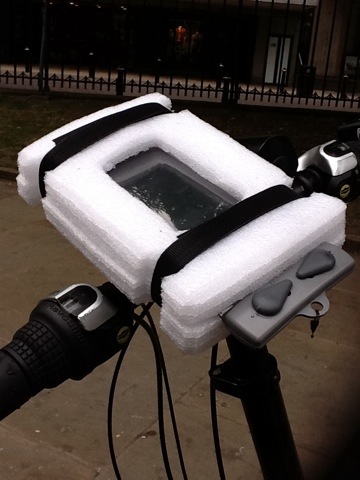Over the weekend, I made the following dish. I only wish I had taken a picture of it as it was so delicious. Here I record the recipe, because I know I am likely to want to do it again sometime. As with the majority of my cooking, it is experimental in nature, so feel free to suggest a more interesting name or point out any similarity with world cuisine somewhere…
Description
Gnocchi in a white sauce, provides a soft backdrop to crispy beef mince and crispy green cavolo nero with a hint of oregano and carraway seed.
Ingredients
- Some mince
- Some carraway seed
- Some oregano
- Some gnocchi
- Some cavolo nero – cut into thin strips across the stem
- Some flour
- Some butter (or margarine)
- Some milk
- Salt and pepper to taste
Method
In a sauté pan, melt a tiny bit of butter and then load up with the mince. Add the carraway seed and oregano while the meat is sizzling in its own juices. Let the mince cook through and make sure it is well separated (i.e. not cooked in big clumps). Add the strips of cavolo nero to the mince and cover. Keep an eye on the mince, you want it to start going crispy, but not burnt, and you want to keep the environment in the pan quite steamy so that the cavolo nero is part steamed, part sautéd; this will mean adding a few tablespoons of water on a regular basis.
While you are doing all that (and don’t you hate it when cookery books say that and you realise you should have started this bit half an hour ago…) make a white sauce. Melt butter in a saucepan, take it off the heat, mix in some flour until it is a smothe paste, then drip by drip add milk while stirring in to keep that smooth consistency. then pop it back on the heat and keep storing. You could add some grated cheese at this point, but I didn’t have any in the house.
Cook the gnocchi according to the instructions on the packet (yes I cheated).
Server the gnocchi with the white sauce poured over, and the cavolo nero plus mince to one side.
